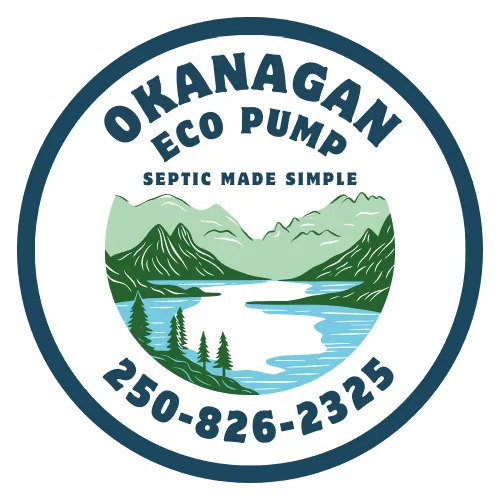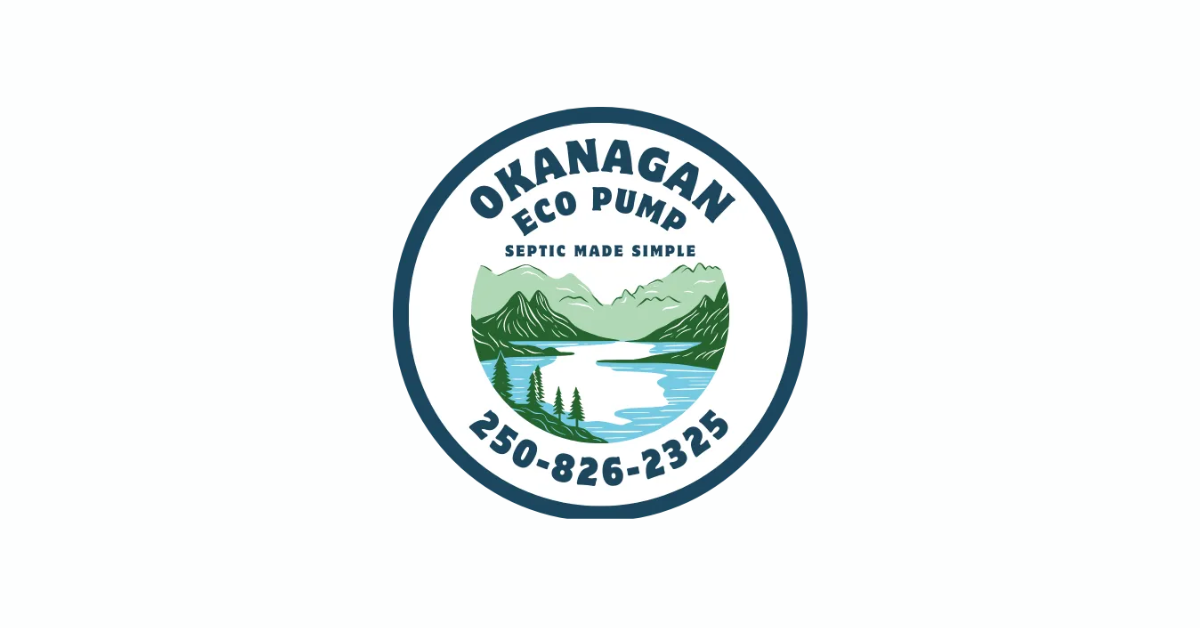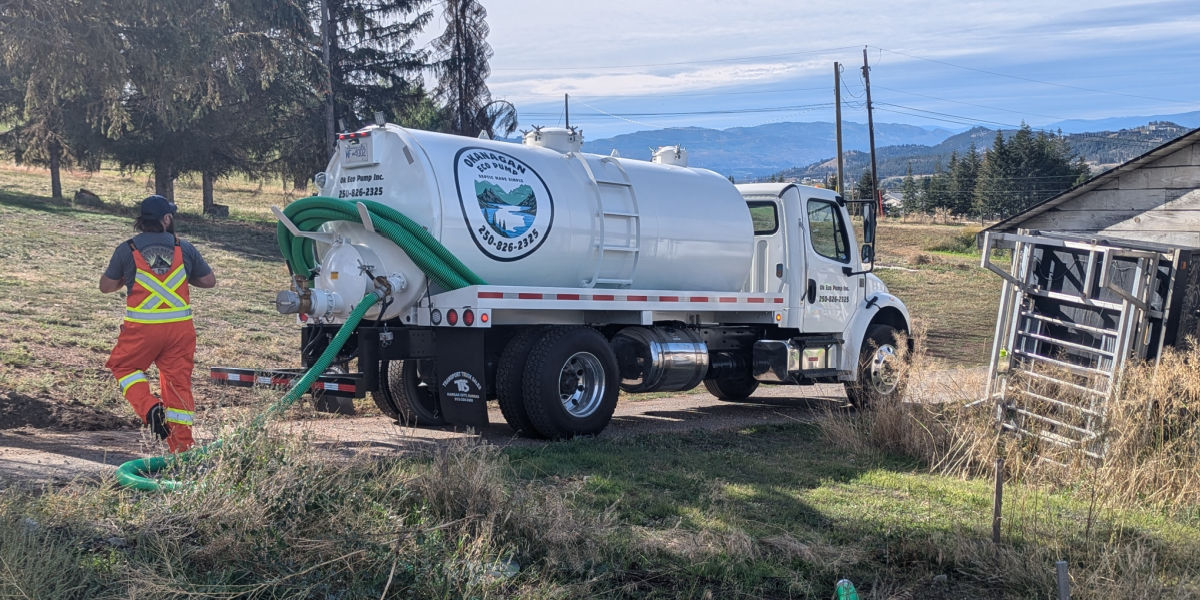Reliable Septic Pumping Kelowna: Commercial Options Available
Find the Best Septic Services in Kelowna: Read Reviews
Septic techniques function a crucial alternative to centralized sewage treatment for properties not related to municipal sewer methods. Understanding how septic systems work is important for owners, as proper maintenance can extend the life of the system and guarantee a hygienic dwelling environment. At their core, septic techniques function by treating wastewater generated from day by day household activities corresponding to showering, toilet use, and washing dishes.
The main parts of a septic system include the septic tank, soil absorption system, and the drain area. Wastewater from the house flows into the septic tank where preliminary treatment begins. The tank is often constructed from concrete, fiberglass, or plastic and is buried underground. This tank holds sewage long sufficient for solids to settle on the bottom, forming sludge, while lighter supplies like grease and oil float to the highest, creating scum.
As wastewater enters the septic tank, it fills to a specific degree after which steadily exits through an outlet pipe. This outlet pipe leads to the drain subject, a vital area for further treatment of the wastewater. Designed with a collection of perforated pipes buried in gravel, the drain subject permits treated water to slowly seep into the encompassing soil. The soil acts as a pure filter, additional breaking down dangerous bacteria and nutrients earlier than the water enters the groundwater provide.
Septic System Repair Kelowna: Professional Septic Contractors
The organic processes within the septic tank play a vital role in breaking down solid waste. Anaerobic bacteria thrive within the oxygen-deprived environment, consuming natural matter and lowering the quantity of sludge. Over time, the micro organism convert waste into easier compounds, enabling the treated effluent to flow into the drain field. Nonetheless, this course of depends on the stability of microorganisms within the tank, making it critical to keep away from introducing dangerous chemicals that may disrupt this ecosystem.

The drain field is an integral part because it disperses the treated wastewater into the bottom. Each drain subject has a selected design based on soil sort, landscape, and local regulations. The depth and width of trenches within the drain area should be planned fastidiously to ensure optimum drainage and filtration. Over many years, soil particles, microorganisms, and natural matter constantly work together to purify the treated effluent.
Kelowna Septic System Installation: New Septic System Design
Whereas septic techniques usually function successfully with minimal intervention, they do require common maintenance to operate effectively. Pumping the septic tank every three to five years is essential to take away amassed sludge and forestall clogs. Failing to take action can result in backups in the system, causing unpleasant odors and potential environmental contamination. Homeowners also needs to be vigilant about what goes into the system, avoiding flushing non-biodegradable items or pouring poisonous chemical substances down the drain.
Bacterial components are sometimes marketed to owners as a approach to improve the efficiency of their septic techniques. Nevertheless, many professionals advise against their routine use, as they'll upset the delicate steadiness of micro organism that already exists in a healthy septic tank. Regular pumping and maintenance ought to suffice for keeping the system functioning successfully. Householders can higher ensure long-term efficiency by being proactive with their septic maintenance.
In addition to common pumping, homeowners have to manage their water utilization effectively. Diverting extra water away from the drain field is necessary; saturating the area can hinder proper wastewater treatment. Implementing water-saving fixtures and spreading out laundry and dishwashing actions throughout the week can prevent overwhelming the system.

Potential signs of septic system failure include gradual drains, unpleasant odors, and pooling water close to the drain field. Addressing these issues promptly with the assistance of knowledgeable can save owners from more intensive repairs down the line. Neglecting these symptoms can lead to expensive repairs and environmental hazards.
Kelowna Septic System Services: Maintenance for Residential Properties
Local regulations usually affect how septic techniques are designed and put in. Owners are usually inspired to seek the guidance of with professionals conversant in native codes to ensure they are in compliance. In many areas, permits may be required before putting in a septic system, and these regulations assist preserve public health and safety.
One of probably the most vital benefits of septic systems is their ability to cut back environmental air pollution. Correctly maintained methods treat wastewater on-site and can minimize impact on native water sources. This is especially essential in rural areas where municipal sewage techniques might not exist, making septic systems essential for sustainable residing.
In conclusion, understanding how septic methods work deepens the appreciation for the role they play in protecting public health and the environment. Owners can get pleasure from proper information of their septic systems, together with maintenance and care practices that extend their usability. With adequate consideration to regular upkeep and adherence to native regulations, septic methods can provide safe and effective wastewater treatment for many years. By treating waste responsibly, people contribute to a healthier ecosystem and make certain the longevity of their investment in their septic systems.
- Septic techniques are designed to treat wastewater from homes not linked to a centralized sewage system, utilizing a combination of organic and mechanical processes.
- Wastewater enters the septic tank, where solids settle to the underside, forming sludge, whereas lighter supplies like grease float to the top, creating scum.
- Micro Organism within the septic tank play a vital function in breaking down natural matter, aiding within the decomposition process and decreasing the volume of stable waste.
- Periodic maintenance is essential, including pumping the tank every three to 5 years, to prevent clogs and ensure optimal functioning.
- After the treatment within the septic tank, partially clarified wastewater flows right into a drain subject, the place it is additional filtered through soil, removing pathogens and vitamins.
- The drain subject consists of a series of perforated pipes laid out in trenches, designed to disperse effluent evenly and promote natural filtration.
- Properly functioning septic methods assist protect groundwater and surface water from air pollution, crucial for maintaining total environmental health.
- Homeowners ought to keep away from utilizing harsh chemical compounds or flushing non-biodegradable objects, as they'll disrupt the natural bacterial processes inside the septic system.
- Landscaping selections over septic systems—like planting grass as an alternative of trees—can prevent root intrusion that will damage pipes and compromise the system's integrity.
- Monitoring for signs of failure, similar to gradual drains, foul odors, or wet spots in the yard, can help tackle potential issues earlier than they escalate into costly repairs.
How Septic Methods Work
Find the Best Septic Services in Kelowna: Compare Top-Rated Septic Companies
What is a septic system and the way does it function?undefinedA septic system is an underground wastewater treatment construction sometimes used in rural areas. It capabilities by amassing and treating household wastewater through a sequence of processes together with settling, anaerobic digestion, and soil filtration. Wastewater flows into the septic tank, where solids settle on the backside, and effluent is released into the drain field for additional treatment in the soil (septic system inspection report Kelowna BC).
How do I know if my septic system is functioning properly?undefinedSigns of a malfunctioning septic system include slow drains, disagreeable odors around the tank or drain field, standing water in your yard, and sewage backup in plumbing fixtures. Common inspections and pumping each 3-5 years might help ensure proper functioning and determine potential issues early.
What maintenance do septic techniques require?undefinedSeptic methods require common pumping to take away accrued solids and stop clogs. Additionally, you want to avoid flushing non-biodegradable objects and limit usage of harsh chemical compounds that can disrupt the bacterial steadiness essential for correct breakdown of waste.
Kelowna Septic System Solutions: Commercial Septic Tank Care
How long does a septic system last?undefinedWith proper maintenance, a septic system can final 20 to 30 years or extra. Components affecting longevity embody system design, soil situations, maintenance frequency, and the quantity of wastewater generated.
What ought to I keep away from website link placing down my drains if I have a septic system?undefinedKeep Away From flushing non-biodegradable objects, corresponding to wipes, sanitary merchandise, and plastics. Moreover, reduce the disposal of fats, oils, grease, and harsh chemical compounds that may harm the bacteria needed for effective waste degradation.
Best Septic Tank Solutions in Kelowna: Preventative Septic Repair
Can I plant grass or shrubs over my septic system?undefinedSure, you'll be able to plant grass over your drain area because it helps with absorption and erosion control. Nevertheless, it is essential to keep away from deep-rooted trees and enormous shrubs as their roots can harm the septic system components.
What occurs throughout a septic system inspection?undefinedDuring an inspection, an expert will evaluate the septic tank, verify the effluent stage, assess the drain field, and search for signs of malfunction. They may inspect the distribution box and any pumping mechanisms to make sure every little thing is operating appropriately. best septic tank contractors near Kelowna.
Septic Services in Okanagan: Okanagan Septic Solutions
How much does it cost to install a septic system?undefinedThe cost of putting in a septic system can range broadly depending on factors corresponding to location, soil sort, system size, and local regulations. On common, bills can range from $3,000 to $10,000 or extra, together with permits and excavation work.

Is it attainable to transform to a septic system from a standard sewer system?undefinedYes, changing from a conventional sewer system to a septic system is possible, but it requires an intensive evaluation of local regulations, soil situations, and plumbing arrangements. Consulting a professional is important to ensure it's possible and compliant with local legal guidelines.